In ‘Cloud Warriors,’ Tom Weber ’89 Seeks Understanding of Extreme Weather
‘One of the themes in the book is the need to be prepared for almost any kind of weather,’ Weber says.
When Tom Weber ’89 was in his first year at Princeton, he decided to take the train to Boston for a weekend.
It was the fall of 1985, and Hurricane Gloria was bearing down on the eastern United States. Gloria became the first significant hurricane to threaten the Northeast in more than a decade, ultimately killing more than a dozen people and causing almost $1 billion in damage.

Growing up in Michigan, Weber had known little about hurricanes. “As a child and a teen, tornadoes were the weather danger we were familiar with,” Weber recalls. In elementary school in his part of the country, that was the weather event you practiced for.
Weber’s trip came a decade before the internet, and long before the Weather Channel app and National Weather Service text alerts. Back then, Weber says, a hurricane “sounded so abstract to me.” At least until he was on his way to Boston.
As Gloria hit, Weber was forced to sleep overnight in the New Haven train station, which had lost all power. It took him 23 hours to get to Boston.
This experience, and Weber’s cluelessness going into it, remained with him decades later, when he began researching and writing the book, Cloud Warriors: Deadly Storms, Climate Chaos — and the Pioneers Creating a Revolution in Weather Forecasting.
“One of the themes in the book is the need to be prepared for almost any kind of weather, especially weather you’re not familiar with,” Weber says.
At Princeton, Weber earned a degree in politics, but he spent most of his time at The Daily Princetonian, ending up as chairman (and, as an alumnus, currently serving as president of its board of trustees). Weber worked in increasingly senior editing roles at a string of publications in New York — Worth magazine, The Wall Street Journal, Newsweek-The Daily Beast (when the two were merged), and Time magazine. Then, in the mid-2010s, he decided he wanted to get back to reporting.
As the Journal’s first columnist writing about the internet in the 1990s, Weber had pitched his editors on a story about the technology of storm chasing, but they decided the topic was too far afield from his beat. After years of nursing the idea, Weber began working on a book about the science of weather forecasting and, following some pandemic-related delays in his reporting, the book came out in June. (Technically, it was Weber’s second book; with another senior Prince editor, Jack Goodman ’89, Weber published a book that collected interviews with 26 notable alumni on how Princeton’s service motto shaped their careers.)
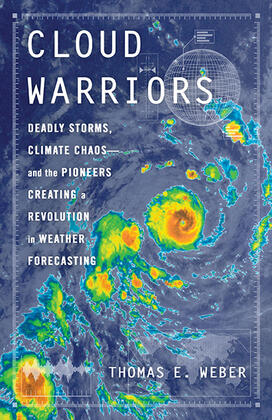
For Cloud Warriors, Weber visited several nodes of the “weather enterprise” — the nexus of government offices, academia, and for-profit forecast providers that collaborate on weather forecasting. Practitioners explained the technological advances, and the shortcomings, of contemporary weather forecasting. (One of the locations he visted is the Geophysical Fluid Dynamics Laboratory, a research center on Princeton’s Forrestal campus.) At one point in his research, Weber fulfilled his old dream of riding with storm chasers in Oklahoma.
As his reporting proceeded, Weber began to focus on why more accurate forecasts don’t necessarily translate into better outcomes, in lives and property saved. Weather satellites, radar stations and the specialized scientific knowledge to understand the data they produce are all important, he concluded — but a key, underappreciated factor is how to manage human psychology.
A turning point came with Weber’s interview with a social science expert who traveled to locations that had recently been struck by tornadoes. As her colleagues were focusing on estimating wind speeds and damage patterns, this researcher was asking community members about the warnings they’d heard before the storm and how they decided to take the actions they did.
“I realized then that there was a huge push in the weather world to start better understanding people, as well as the atmosphere,” Weber says. “The real issue is, how do you get people to make the safest decisions? You have to communicate that to people in a way that gets them to treat it with a gravity that is appropriate to the danger. It’s a complicated chain of events.”
Weber found there isn’t a one-size-fits-all way of doing this. Class differences can pose barriers: People with hourly jobs, he says, “may not feel they are able to skip work if their manager says they still have to show up despite a storm coming.” Cultural factors can complicate matters, too: In some places, local weather officials have to figure out how to send urgent meteorological warnings to Amish communities, which have religious objections to using modern technology.
In the case of communities like the Amish farmers in Pennsylvania, Weber said, meteorologists have been working with a maker of emergency radios to develop an Amish-friendly version that can receive weather alerts but won’t tune in music or other commercial programming. National Weather Service forecasters have also relied increasingly on providing the Amish with information through a community telephone, which is generally accepted in place of family or individual phones.
As with his own experience with Hurricane Gloria, Weber says, the most dangerous weather events can be the ones you’re least expecting.
Heat waves can be deadly anywhere, but especially so in places that aren’t used to them, such as the Pacific Northwest, which suffered from an unusual “heat dome” in 2021; there, residents were more familiar with the dangers of heavy rain. Similarly, New Yorkers struggled to understand how to react to a wildfire in Brooklyn’s Prospect Park in 2024.
For Weber, the July 2025 flash floods in central Texas spotlighted the long-overlooked risks of flooding. Even before the Texas floods, Weber saw a need for improved communications about flash flood threats. “With a tornado, people know to get into the basement or an interior room,” he said. “I don’t think most people can rattle off the safest response to a potential flash flood in the same way.”
While Weber says he’s worried about proposed cuts to weather research under the Trump administration, he remains optimistic about future improvements in weather forecasting.
He said he’s bullish on a role for artificial intelligence (at least in conjunction with more traditional techniques), and he admires lower-tech solutions like text messages that forecasting companies can send inexpensively to farmers in the developing world. Such efforts, Weber says, have had “an enormous economic impact” for farmers he interviewed in Ghana.
Improvements in weather forecasting have been “one of society’s greatest achievements,” Weber said. “We are so much better now at predicting hurricanes days in advance, and that translates into real help for timely evacuations. One way or another, I think this work will continue.”

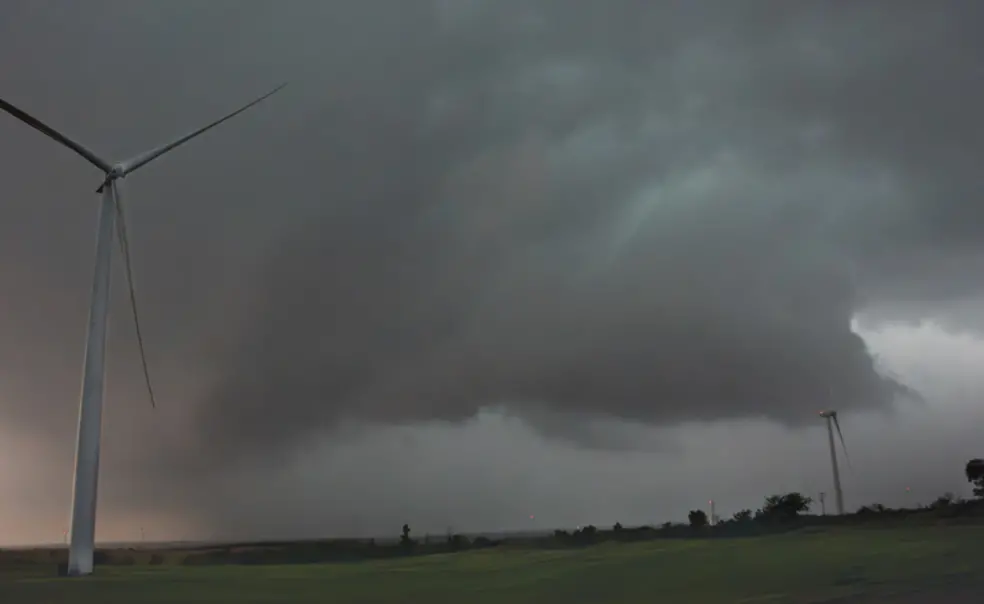
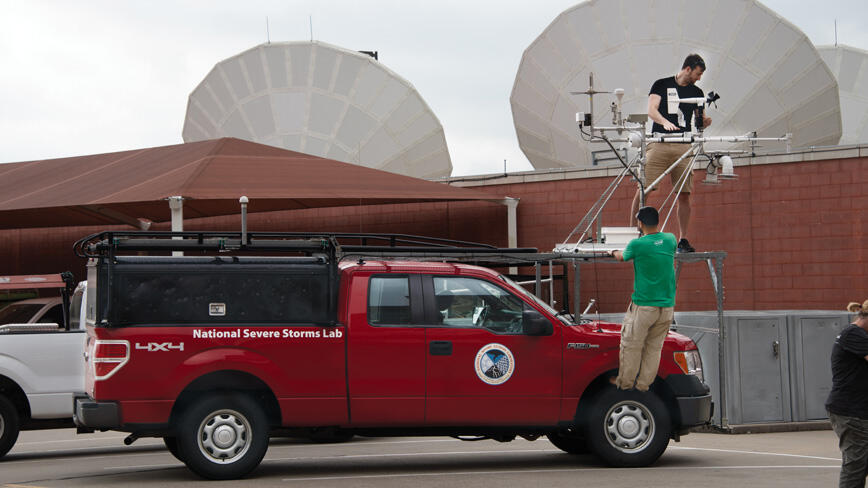





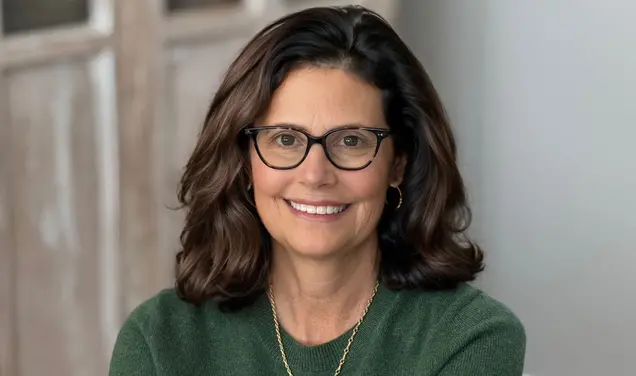

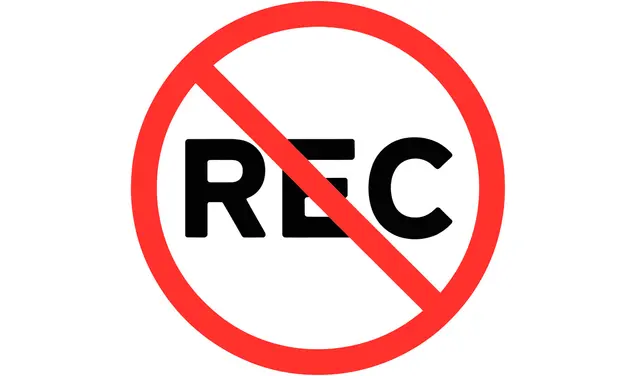

No responses yet